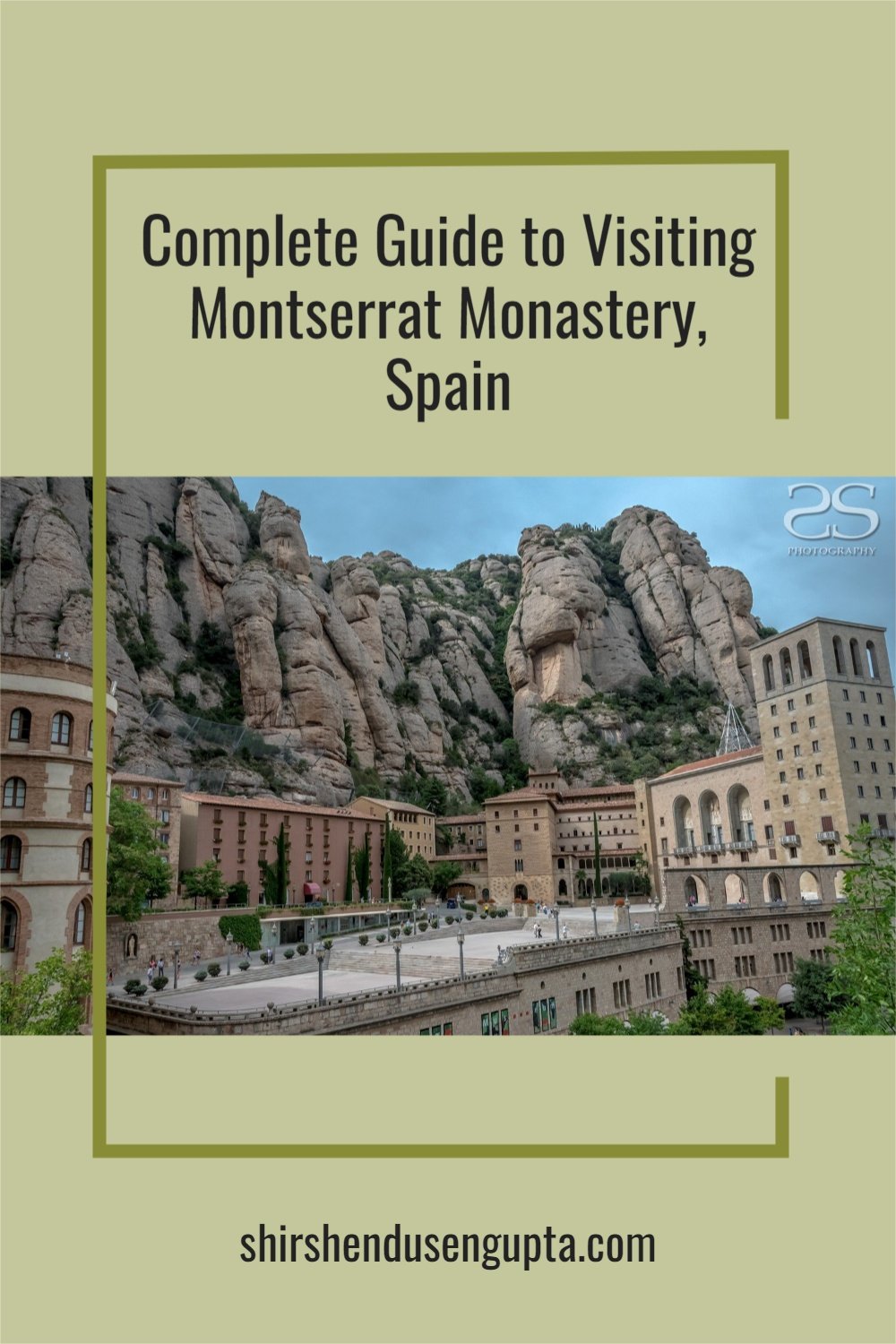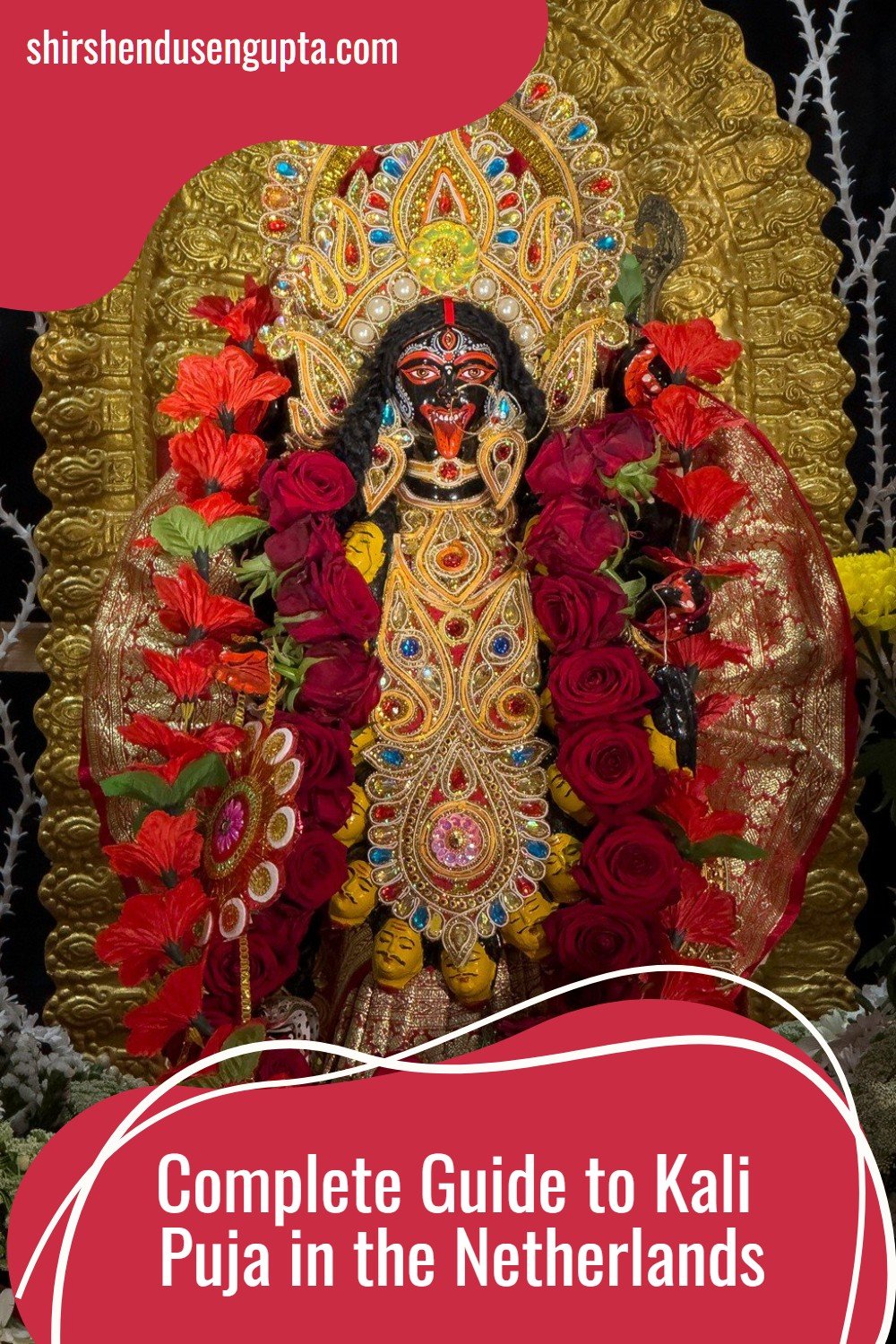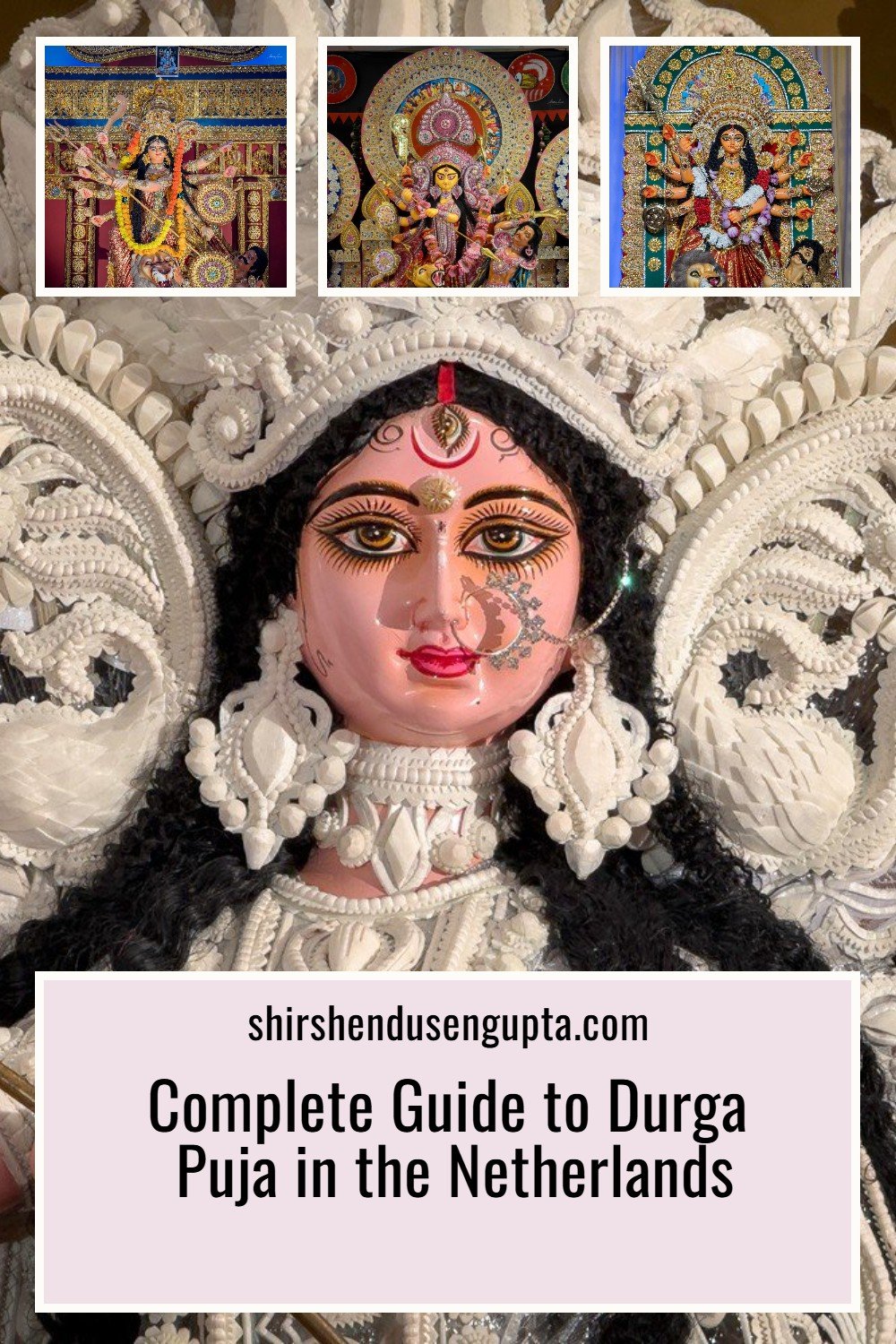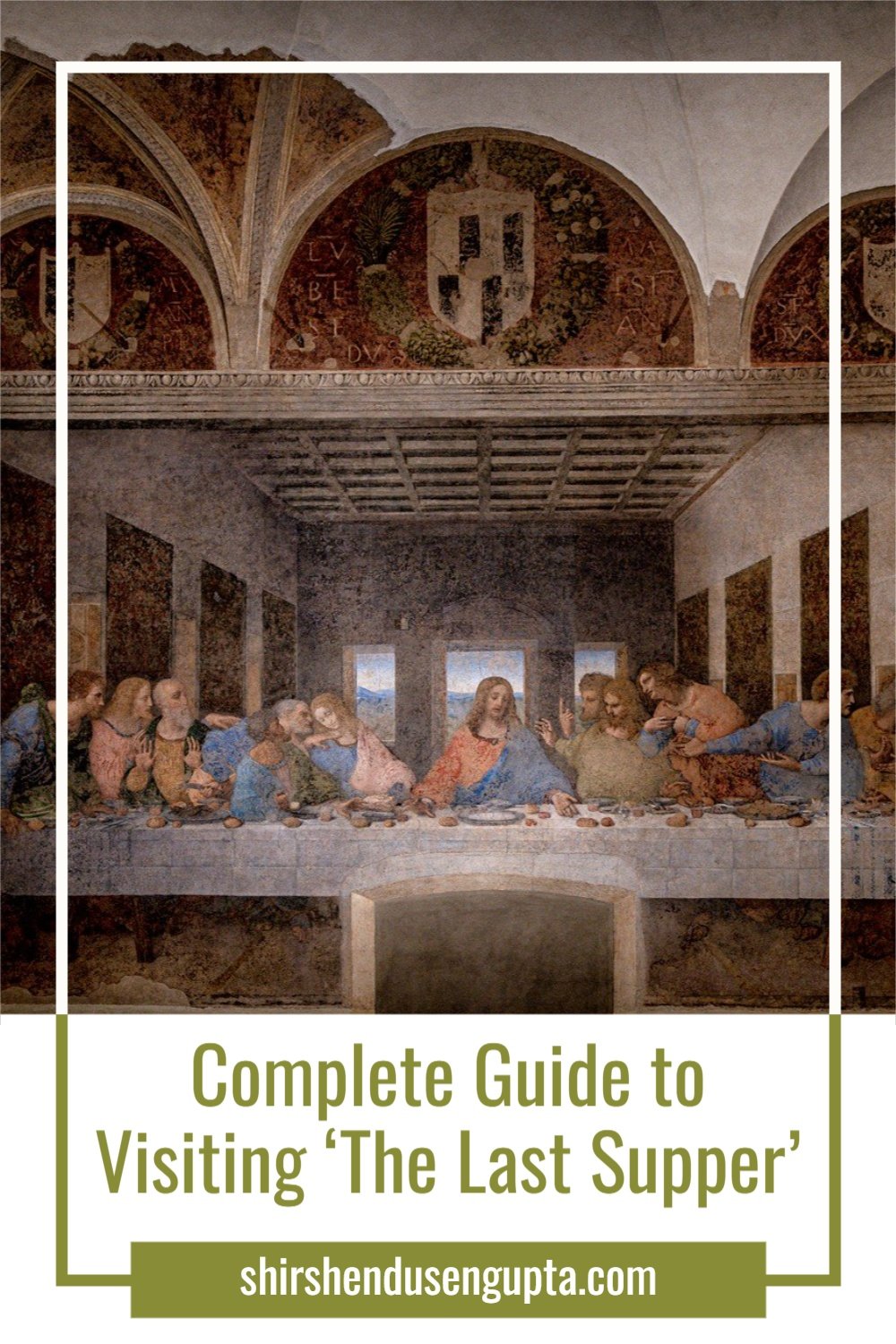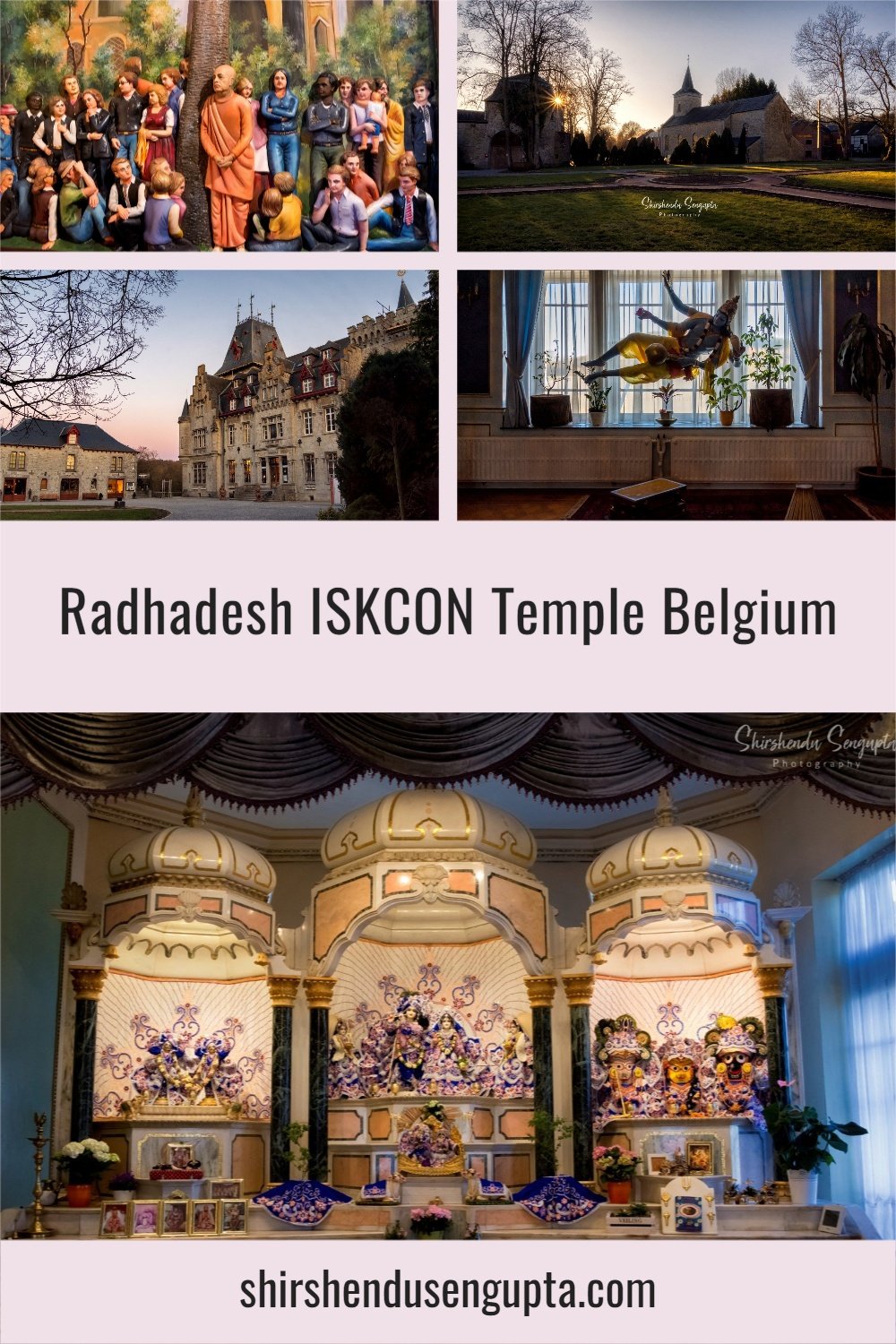Complete Guide to Visiting Montserrat Monastery, Spain | Day Trip from Barcelona to Montserrat Monastery | Everything You Need to Know to Visit Montserrat Monastery from Barcelona
What is Montserrat?
Montserrat, literally meaning “serrated mountain” or "saw mountain" in Catalan, is a stunning 1,236 m high mountain, 50 kilometers northwest of Barcelona. The mountain gets its name from the curiously rounded rock pillar formations that appear to have been sawed and sculpted by wind and rain over thousands of years. Pink conglomerate, a sedimentary rock, is the main constituent of the mountain. Cradled at 725 m on its slopes, is Santa Maria de Montserrat, the historic mountain top Benedictine monastery that houses the statue of the Virgin of Montserrat, one of Europe's rare Black Madonnas. It is one of Catalonia's most important shrines, as well as one of the most prominent Catholic pilgrimages in the world, making Montserrat the most popular day trip from Barcelona.
The Legend of Montserrat
Legend has it that Jesus Christ himself asked Saint Luc to create a sculpture of the Virgin Mary and that she lent him the carpentry equipment she still had at home. Years later, aboard a boat, Saint Paul came to Barcelona, carrying the sculpture, which he gave to the local Christian community. People dubbed her the "Jerusalemite" because she came from Jerusalem. When the moors stormed Barcelona in 718, the Christians decided to evacuate the sculpture and conceal it in a cave in Montserrat's mountain. The specific location of the sculpture was later forgotten because the moors governed Barcelona for the following 80 years.
In 880 a small group of shepherd children witnessed a dazzling light descending from the sky in the Montserrat mountains. The youngsters heard angels singing at the same time, and the song filled their hearts with joy. The children were overwhelmed by the event and ran home to tell their parents about it. The parents were suspicious, but they knew their children were honest and trustworthy, so they went to the location where the children had the visions to see what all the hoopla was about. That night and for the entire month following the first apparition, the parents witnessed the identical heavenly experiences and were left with just one conclusion. The visions were a divine sign. A local priest was summoned to the scene, where he experienced the same events as the children and their parents. The visions all took place in the same cave on Montserrat mountain. When the religious elders of the community examined this cave, they discovered a statue of the Virgin Mary, purportedly the same statue that was left there 80 years back. The cave became a holy haven for religious pilgrims from that point forward.
Today, Montserrat is famous for the Benedictine abbey (Santa Maria de Montserrat) and the Royal Basilica (Monistrol de Montserrat), which houses the Virgin of Montserrat, also known as 'La Moreneta' or 'The Black Virgin,' which has also been linked to the location of the Holy Grail in Arthurian legend.
The Monastery of Montserrat
In 1025, the Montserrat monastery started as the Hermitage of Santa Maria, the Mother of Christ. There were soon reports of miracles performed by St. Mary the Virgin of Montserrat, and pilgrimages to the place began. To accommodate additional pilgrims, a larger Romanesque chapel was constructed. It became one of the most well-known Christian shrines, as well as Catalonia's most famous shrine. The French destroyed most of the monastery during the Napoleonic wars of 1811 and 1812, but the statue of Our Lady was saved since it was hidden somewhere in the mountain.
The abbey's restoration began slowly following the Napoleonic wars and has continued to this day. Today, the mountain of Montserrat is the most prominent religious landmark in Catalonia, which is a place of adoration to God and a destination for many pilgrims. People from other religions claim that the mountain is a great source of energy and flock to it for just the experience. Besides the religious and cultural importance of the Monastery of Montserrat, the abbey also boasts unbeatable views of the Catalan landscape.
The Royal Basilica of Montserrat
The Royal Basilica of Montserrat was completed in 1900 and has a neo-Plateresque design (a combination of Gothic and Renaissance). It now houses the famed statue of La Moreneta (the Black Virgin). The open-roofed courtyard area directly in front of the Basilica is known as the Atrium of the Basilica, also called the Atrium of Abbot Argerich. Josep Obiols and Father Benet Martinez decorated it from 1952 to 1956. The most important shrines and basilicas throughout Christianity are depicted on the right-hand walls of the atrium. The designs on the left-hand walls depict Montserrat's history.
The Virgin of Montserrat
Because of the dark tint of her face, the Virgin's statue is known as “La Moreneta.” The statue is a wooden Romanesque sculpture from the 12th century and not the one from the old legends. It is unknown how and when the original got replaced, and/or what happened to the original one. The Virgin wears a diadem crown and holds an orb in her hand (interpreted as the universe – a symbol of power). A statue of Jesus Christ sits on her lap. He also wears a crown and holds a pine cone (interpreted as the symbol of eternal life since pine trees are evergreen) in one hand while making a blessing sign with the other. Pilgrims who come to pay their respects to the Virgin touch the orb and make wishes.
The Black Madonna of Montserrat is one of Spain's 51 Black Virgins, and the second most powerful in terms of hierarchy. Black Madonnas include the Virgen del Pilar of Zaragoza and the Virgen de Guadalupe of Extremadura, who vie for the title of female patron saint of Spain. The Black Madonna of Montserrat, on the other hand, is the patron saint of Catalonia, as designated by Pope Leo XIII in 1881. On April 27th, Catalans commemorate her birthday.
Montserrat is a popular female given name, and they are often referred to as Montse, Muntse, or Mon. A former monk from Montserrat was one of the men who accompanied Columbus to the New World, and he began the adoration of Mary in the Americas. In fact, Columbus named one of the Caribbean islands Montserrat, which is still used today.
Interpretation of the Black Color of the Virgin of Montserrat
Montserrat's Virgin’s black skin color should not be interpreted as an African or Iberian influence. Historical records show her skin to be light. The recent restoration efforts reveal that the smoke from the candles that surrounded the sculpture may have sooted it first, followed by corrosion of the paint and varnish that covered it, thereby darkening the surface. It was painted a light brown tone until approximately the 1500s, possibly thinking they were returning it to its original color.
Another layer of dark brown paint, dating from the 1800s, was applied. The townspeople had given her the lovely moniker "La Moreneta," or "the little sun-tanned girl," by that time. Being washed back to a whiter tint would have been a shock to them. And thus is how she came to be a Black Virgin in our day, and she will remain so.
What to do at Montserrat?
At Montserrat, you can do the following activities -
Visit the Benedictine Abbey, the Basilica, and the Museum - As mentioned earlier, the main highlight for anybody visiting Montserrat, is the abbey of Santa Maria de Montserrat. The monastery is still operating today, with roughly 80 Benedictine monks living there. Because it is an active monastery, you will not be able to tour many areas of it. Nevertheless, you will be able to view the basilica and the museum. The church includes a number of unique elements, but the statue of the Virgin of Montserrat is the main attraction for visitors. The Museum of Montserrat is largely an art museum, with seven permanent collections containing over 1300 pieces by painters such as Dali, Monet, Chagall, Picasso, and Miro.
Watch the performance of the Escolania de Montserrat (Boys’ Choir) - The Escolania de Montserrat is one of Europe's oldest boys’ choirs, dating back to the 14th century. The choir is rightfully famous, and in addition to daily concerts in the Basilica, it has issued many albums and performed at venues all over the world. Over 50 boys, ranging in age from 9 to 14, from Catalonia and other parts of Spain, make up the choir. During their stay in the choir, they reside and study in Montserrat. The choir performs in the Basilica every day (usually twice in the afternoon) throughout the year, with the exception of Christmas and the summer vacation.
Hike to St. Michael’s Cross - The walk to St. Michael's Cross is a wonderful hike that can be done from the abbey grounds. This is well-marked and begins near the Santa Cova funicular station. The trek to the cross takes around 20 minutes each way and is slightly hilly. The views are breathtaking, and this is one of the best spots for a decent view back across to the abbey, which is surrounded by massive mountains.
Take the funiculars Sant Joan (and hike to Sant Jeroni) and/or Santa Cova (and hike to Santa Cova de Montserrat) - There are a total of one cable car, one rack railway, and two funiculars in Montserrat. The cable car is the one that you need to take from ‘Aeri de Montserrat’ train station located at the bottom of the mountain (the first of the two Montserrat train stations on the R5 suburban line from Barcelona) to reach the monastery. Alternatively, you can also take the rack railway ‘Cremallera de Montserrat’ from the next train station ‘Monistrol de Montserrat’ also located at the bottom of the mountain (the second of the two Montserrat train stations on the R5 suburban line from Barcelona). After you have reached the monastery, you can opt to take the funicular ‘Sant Joan’ higher upwards to reach the highest observation point on the mountain (from where you can hike to ‘Sant Jeroni’, the highest peak on the mountain), or the funicular ‘Santa Cova’ downwards to Santa Cova de Montserrat (Holy Cave of Montserrat that once housed the Virgin of Montserrat as per the legends. The image in the next section below depicts the cable car, rack railway, and the funicular lines in Montserrat.
How to Visit Montserrat?
Address: Monestir de Montserrat, 08199 Montserrat, Espana
Car: Montserrat is accessible via two primary routes, both of which take about the same length of time (about 1 hour). The C-58 runs through the Valles county before joining the C-55 at the foot of the mountain to bring you to Monistrol de Montserrat and the Monastery. Then there's the A2, which runs alongside the Llobregat River. The BV1201 local road leads to the monastery from Monistrol, or you can continue along the mountain to El Bruch and use the B111.
Train: As mentioned earlier, the R5 is a suburban line that runs from Plaça Espanya in Barcelona to two stations at the foot of the mountain of Montserrat namely ‘Aeri de Montserrat’ and ‘Monistrol de Montserrat’. From ‘Aeri de Montserrat’ train station you can take the cable car to reach the monastery. Alternatively, from ‘Monistrol de Montserrat’ (the next train station on the R5 suburban line from Barcelona), you can take the rack railway ‘Cremallera de Montserrat’ to reach the monastery. The image below depicts the cable car, rack railway, and the funicular lines in Montserrat.
Image Source: montserrat-tourist-guide.com/en/transport/funiculars-montserrat
We took the R5 suburban train from Barcelona to ‘Aeri de Montserrat’ station and from there we took the cable car ride to the monastery since it is known to be more scenic compared to the rack railway.
Bus: Every morning at 9.15 a.m., only one public bus departs from the Bus Station of Sants Estacio for Montserrat. It then returns to Barcelona in the late afternoon (5PM or 6PM, depending on the season).
Opening Hours, Reservation, and Prices: The Montserrat Monastery is open daily from 7:00 to 20:00 but the Tourist Information Center is open from 9:00 to 17:30. For more information on the opening hours, reservation, and prices for each of the activities mentioned above, please visit their website mentioned below.
Website: montserratvisita.com/en
Epilogue
So that was the story about the Montserrat Monastery in Spain. Please let us know in the comments below if you enjoyed reading this article.
And if you want to explore more such beautiful places to visit in and around Barcelona, please read our article Top 20 Things to See and Do in Barcelona | 20 Best Places to Visit in Barcelona | 20 Must See Tourist Attractions in Barcelona, Catalonia, Spain. Until then, merry traveling and happy shooting!
Pin the article
Bookmark the article for reading later!
Want to license/buy photos in the article?
License photos for commercial/editorial use or buy photo prints!
Want us to write an article for you?
Articles for magazines, newspapers, and websites!
Watch our Videos
Check out our videos on our Youtube Channel!
Join the Newsletter
Get updates on our latest articles!
We respect your privacy. Read our policy here.

